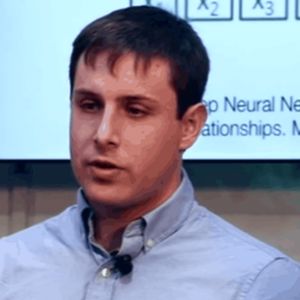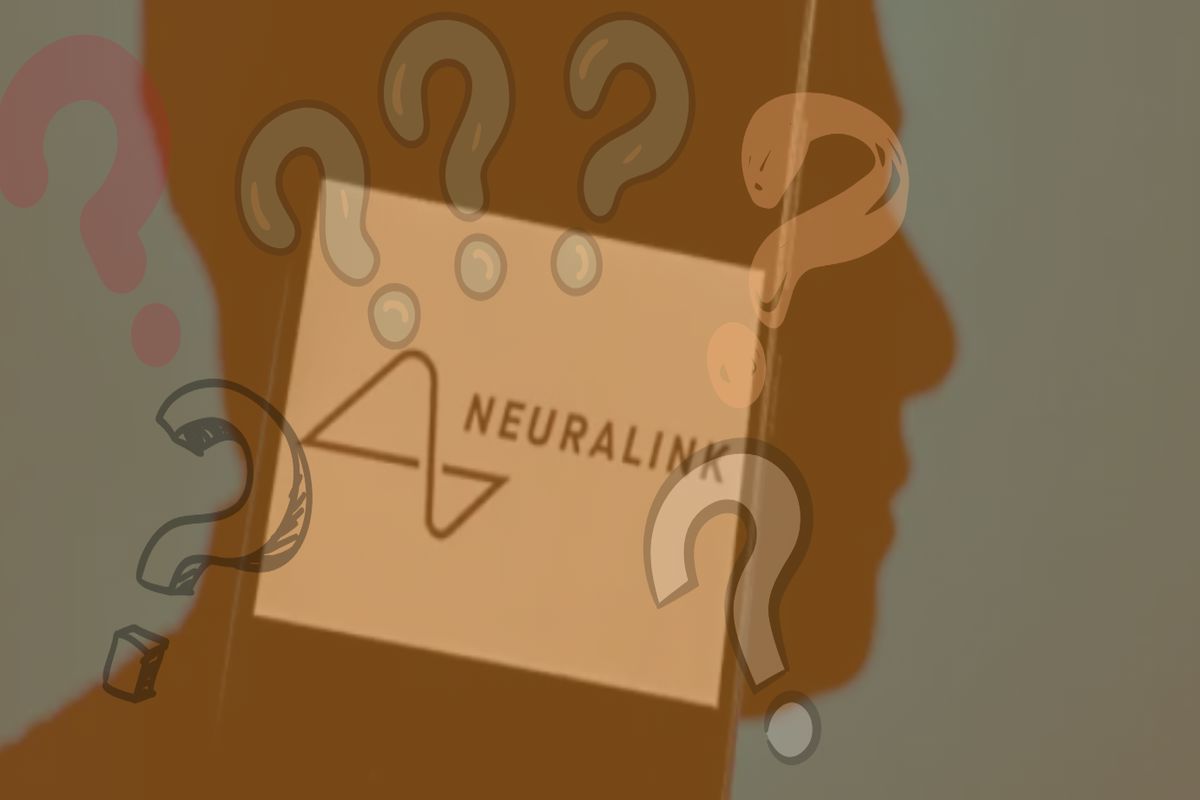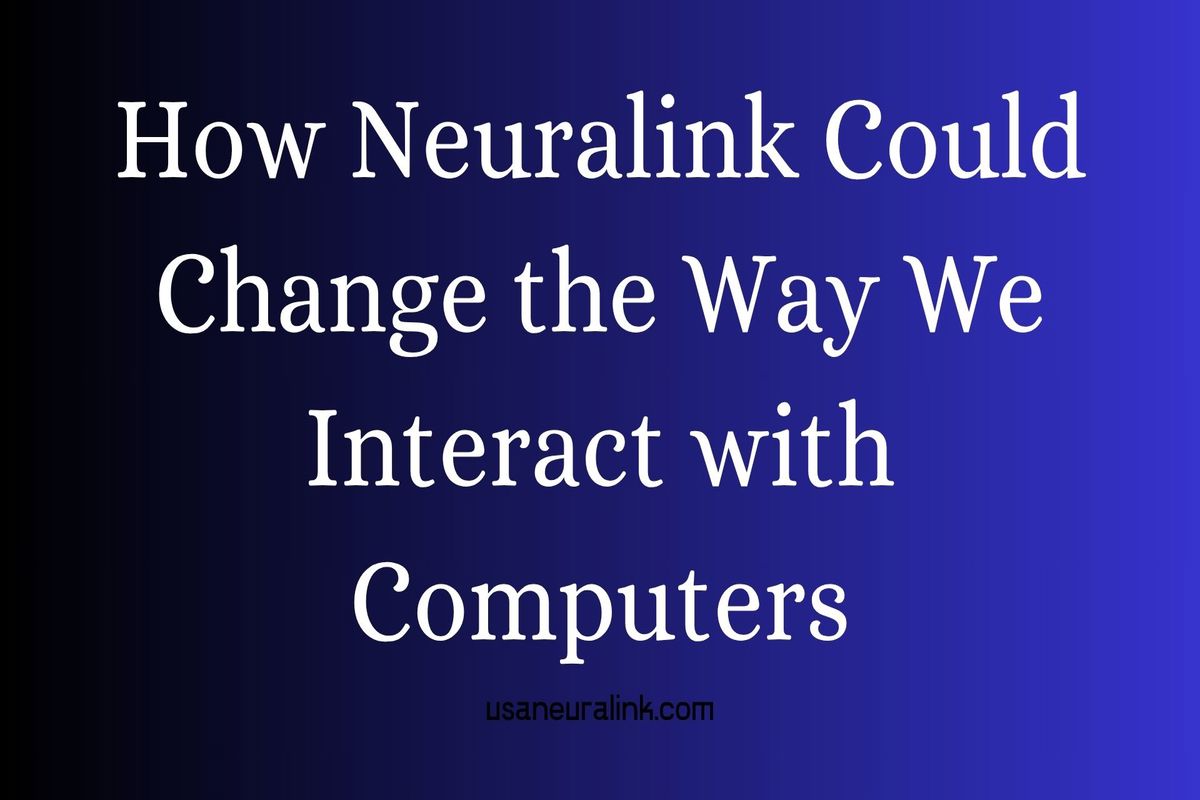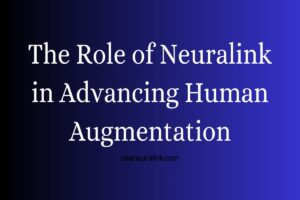Key Figures Behind Neuralink – Complete List
Key Figures Behind Neuralink
Neuralink is a neurotechnology company founded in 2016 by Elon Musk. The company’s goal is to develop direct brain-computer interfaces by connecting human brains to computers. In this quest, Neuralink’s technology leverages miniature electrodes and microscopic wires to understand and manipulate brain activity. However, behind this advanced technology stands not just Elon Musk, but also a team of talented and visionary scientists and engineers. In this article, we will take a closer look at the key people behind Neuralink.
1. Elon Musk

Elon Musk is the most well-known face and visionary founder of Neuralink. Known as the CEO of Tesla and SpaceX, Musk has led groundbreaking projects in technology and innovation. Neuralink is a venture Musk established to realize his vision of integrating the human brain with artificial intelligence. He believes that the idea of merging the brain with AI is crucial for the future of humanity. Additionally, Musk believes such technologies can revolutionize the treatment of neurological diseases and enhance human brain capabilities.
2. Max Hodak

Max Hodak is one of the co-founders and the former president of Neuralink. Hodak holds a bachelor’s degree in biomedical engineering from Duke University. Before joining Neuralink, Hodak was involved in various startups developing innovative biomedical technologies. At Neuralink, his role was to shape the company’s technological vision and manage its operations. Hodak believed in a multidisciplinary approach to maximize the potential of brain-computer interfaces.
3. Dongjin “DJ” Seo

DJ Seo is one of Neuralink’s first engineers and played a crucial role in developing microelectronic systems used to record and analyze brain signals. Seo holds a Ph.D. in electrical engineering and computer sciences from the University of California, Berkeley. His work at Neuralink focused on designing devices capable of measuring brain signals with high precision and interpreting these signals. Seo’s contributions laid the technological foundation of Neuralink.
4. Tim Hanson

Tim Hanson is one of the founding team members of Neuralink and specializes in bioengineering. Hanson holds a Ph.D. in bioengineering from Stanford University. His role at Neuralink involves developing microelectrodes that are compatible with biological tissues and can be used long-term. Hanson’s work is crucial in creating electrode technologies that can interact with the brain safely and effectively over extended periods.
5. Paul Merolla

Paul Merolla is a key figure leading Neuralink’s work in neuroscience and engineering. Merolla holds a Ph.D. in bioengineering from Stanford University and has worked on neural networks and brain-like computing systems at IBM Research. His work at Neuralink focuses on analyzing brain signals and integrating them with artificial intelligence. Merolla’s expertise has significantly contributed to Neuralink’s neurotechnological solutions.
6. Kristen Sorensen
Kristen Sorensen is an important figure managing Neuralink’s clinical research and experimental studies. Sorensen has a strong background in biomedical engineering and works on the clinical applications of brain-computer interfaces. Her role at Neuralink involves evaluating the impact of the company’s technologies on humans and exploring their medical applications. Sorensen’s work is vital in planning and conducting Neuralink’s clinical trials.
7. Philip Sabes

Philip Sabes is a neuroscientist leading Neuralink’s research in brain-machine interfaces. Sabes holds a Ph.D. from Harvard University and specializes in neurophysiology and motor control. His work at Neuralink focuses on understanding how the brain controls movements and how this information can be converted into digital signals. Sabes’ research forms the basis of Neuralink’s neurotechnological solutions.
Neuralink’s Vision and Future
Neuralink continues to develop groundbreaking technologies in the field of brain-computer interfaces. The company’s goals include treating neurological diseases, enhancing memory, and augmenting human brain capabilities. Neuralink’s technologies have the potential to revolutionize the treatment of neurological conditions such as Parkinson’s disease, Alzheimer’s, and depression. Additionally, these technologies could initiate a new cognitive revolution by enabling direct interaction between the human brain and computers.
Neuralink’s success has been made possible by the shared vision and efforts of its founders and scientists. Under Elon Musk’s leadership, individuals like Max Hodak, DJ Seo, Tim Hanson, Paul Merolla, Kristen Sorensen, and Philip Sabes have made significant contributions to the company’s technological and scientific advancements. The work of these key figures is crucial for Neuralink’s future success.
Neuralink’s vision is to connect the human brain directly to computers to enhance cognitive abilities and open new frontiers in the treatment of neurological diseases. In this pursuit, the technologies developed by the company will have a significant impact not only in the scientific world but also in medicine and information technology. Neuralink’s future achievements will depend on the innovative and interdisciplinary work of these key individuals.
Neuralink’s story is one of pushing the boundaries of the human brain and demonstrating how technology can transform human life. On this journey, the key figures behind the company emerge not only as important contributors to Neuralink but also as influential figures shaping the future of humanity.
There is a Legal Notices page containing important legal information about this website. Please click here to read this page.
Share this content:






















Post Comment